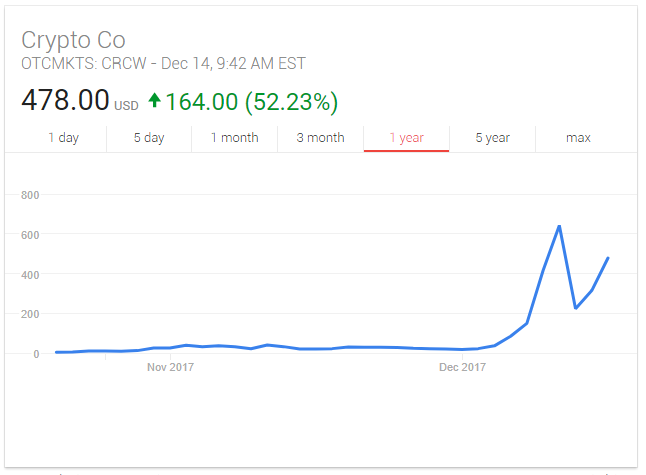There has been a lot of commentary in recent days about how user engagement will change, if at all, in the wake of Facebook's user data privacy hiccups, as well as how advertisers will react and whether they will shift dollars to other social media platforms. I actually do not think either one of those metrics will materially change in the coming months. What is more important in my eyes is how Facebook's margin structure could be permanently different in 2018 and beyond.
Sure, there will be some users who stop using Facebook and blame the recent issues, but those users were probably not using the platform much to begin with, and as with most things, people tend to have a short memory. Diners typically return to restaurant chains even after illness outbreaks and shoppers did not abandon Target or Home Depot after massive credit card data breaches.
I also would not expect material advertiser migration. It reminds me of the NFL ratings drama over the last season or two of professional football. Television ratings have declined, in part due to an abundance of games (Monday, Thursday, Sunday), more viewing options that are not easily tracked by Nielsen (streaming services, mobile apps, etc), and more competition for eyeballs (Netflix, etc), but the NFL is quick to point out that despite lower ratings, NFL telecasts still get more viewers than most every other television program. As a result, if you want to allocate ad dollars to TV, the NFL will remain one of the best ways of doing so.
The same should be true with Facebook. If both the user base and the average time per day spent on the app drop a few percentage points, Facebook will not lose its spot as one of the best ways to reach consumers on social media.
The bigger question from an investor standpoint is what Facebook's margin structure looks like going forward. More specifically, how much expenses are going to rise and whether those costs are on-time or permanent. I suspect they will rise dramatically and will be permanent. After all, up until recently the company really just built the platform, turned it on, and let anybody do pretty much whatever they wanted with users and their data. It is obvious now that in order to maintain trust and their dominant position in the marketplace, they are going to have to [police the platform on an ongoing basis and limit the exposure to bad actors. This will cost money, lots of it, and will not bring in any incremental revenue. As a result, profit margins will fall and stay there, in my view.
This is critical for investors because the stock's massive run-up in recent years has been due to a growing user base leveraging a scalable cost base. Facebook's EBITDA margins grew from 48% in 2013 to 57% in 2017, and the stock price more than tripled. That margin expansion is likely to reverse beginning this year, to what extent remains unknown. Could those 9 points of margin leverage be recaptured by rising expenses of running the platform? I don't see why not.
In that scenario, investors may no longer be willing to pay 10-11x forward 12-month projected revenue for the stock, which has been the recent range. If that metric instead drops to 8x (~$149 per share), it will have implications for the stock (currently fetching $160) even if advertisers and users stay completely engaged with the platform.
Full Disclosure: No position in FB at the time of writing, but that may change at any time










